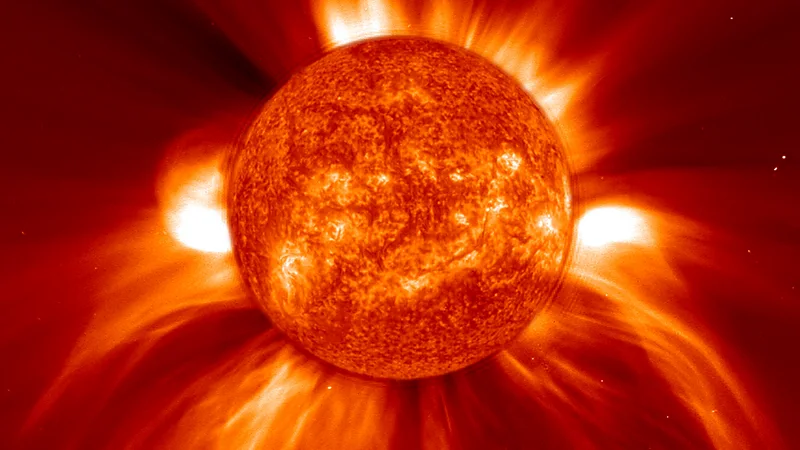Space Superstorms: The Ancient Solar Event That Could Threaten Modern Technology
A major solar storm 14,000 years ago might have been devastating for Earth, and if something similar happened today, it could have serious consequences. Scientists have used tree rings to study past solar activity. These rings reveal a history of high-energy particle bursts from the Sun.
One such event, discovered in 2012, showed a huge spike in carbon-14, a result of intense solar radiation. This discovery came from Japanese cedar trees and hinted at massive solar storms. These bursts, called Miyake events, are far more powerful than anything we’ve seen recently.
The most powerful Miyake event, found in 2023, dates back 14,300 years. This spike in carbon-14 was twice as intense as previous records, suggesting such solar storms might be even bigger than thought.
Today’s technology is especially vulnerable to these superstorms. Modern infrastructure, including satellites and power grids, could be severely damaged.
For example, during a lesser solar storm in 2024, satellites experienced significant issues, and power networks faced disruptions. A Miyake-level event could be catastrophic, potentially knocking out GPS systems, power grids, and even parts of the internet.
Unlike the Carrington Event of 1859, which caused significant disruptions, Miyake events could be much more intense.
Scientists are continuing to study tree rings and ice cores to learn more about these rare but powerful solar events. If a Miyake event occurs today, it could have dire effects on our technology-dependent world.
Credit to BBC for this fascinating insight into the potential threats from space.

